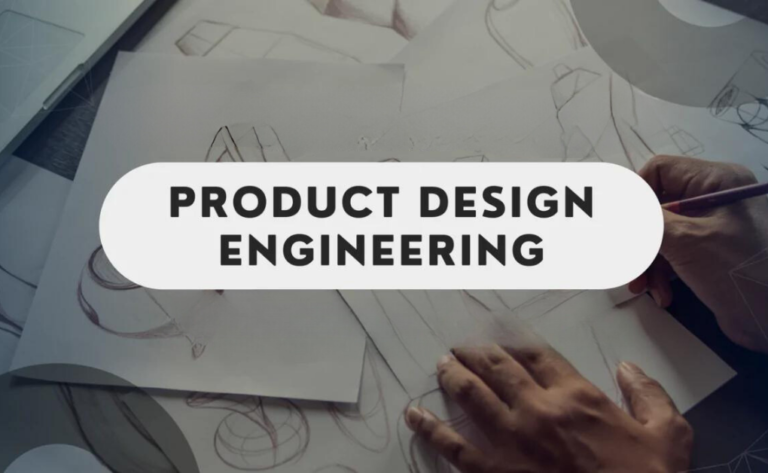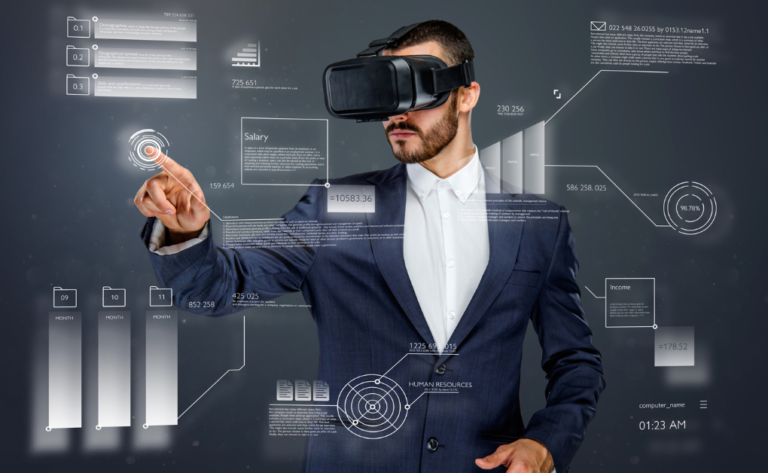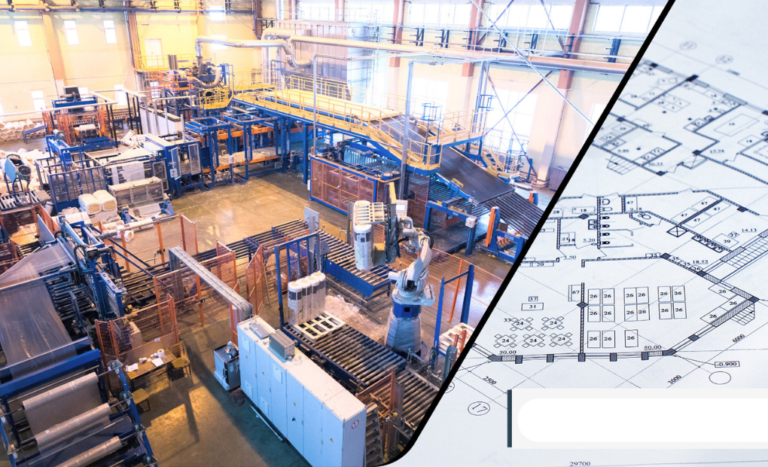Exploring the Impact of 3D Printing in Innovative Product Design
“Exploring the Impact of 3D Printing in Innovative Product Design”:- One technological advancement is making waves in manufacturing greater than ever, in which innovation reigns ideal: 3-d printing. i will confidently say that three-D printing has revolutionized the enterprise, pushing the limits of creativity and usability due to the fact I have so much revel in in production. we can go into the specifics of the way 3-d printing has been utilized in production in this publish, highlighting its first rate possibilities.
3D printing is advancing.

3D printing changed the rules of the 21st century. This is among the most advanced technologies as it involves laying down of different materials in three dimensions to generate 3D bodies. Additive manufacturing is the term for this method. Although 3D printing is versatile and has found use in many different fields, its influence on product design is simply astounding.
Prototyping Redefined
Prototyping is a vital component of product design. Designers may quickly and affordably turn their virtual thoughts into physical prototypes using 3D printing. It dramatically shortens the lead time, allowing designers to easily iterate and improve their concepts.
Getting the Creativity Out
Sometimes pushing the limits of inventiveness is necessary for innovative product design. Designers may now create sophisticated and complex shapes that were previously thought to be unachievable thanks to 3D printing. This independence enables the development of distinctive, attractive items that pique interest.
Multiple Customizations
A developing trend in product design is personalization. Mass customisation is made possible by 3D printing, allowing each product to be customised to the unique requirements and preferences of the buyer. Such customisation is an effective marketing technique.
How to Use 3D Printing in Product Design: Tips and Tricks

Here are some helpful hints and pointers to help you get the most of 3D printing in product design:
Pick the Right Material: One should choose proper material. Strength, flexibility, and aesthetic appeal can all vary amongst different materials. Make a decision based on your understanding of the special requirements of your design.
Become an expert in CAD: It requires understanding of computer aided designs software. These are used as a foundation for creation of 3D models and its preparation for printing.
Calibrate Your Printer: Regular calibration of your 3D printer allows you to achieve high precision and reliability of the finished part. Your plans will be realised exactly as intended thanks to proper calibration.
Post-Processing Matters: Don’t discount post-processing’s significance. It could be necessary to add finishing touches, such as sanding, painting, or assembling, to get the desired appearance and functioning.
For more tips:-Mastering CAD: Tips for Efficient 3D Modeling
Answering Basic Questions

Let’s address some of the most prevalent queries about the application of 3D printing to product design:
Is 3D printing economical for small-scale manufacturing?
A: Yes, small-scale production can be done affordably using 3D printing, especially when it comes to creating prototypes and customised goods.
Does the use of 3D printing in product design have any restrictions?
A: Although 3D printing allows for a great deal of creative freedom, its size, material possibilities, and speed of manufacturing may be constrained.
How might 3D printing improve current production techniques?
A: By speeding prototyping, lowering tooling costs, and enabling on-demand production, 3D printing can enhance conventional manufacturing.
As a result,

“Exploring the Impact of 3D Printing in Innovative Product Design”:- It is revolutionary how 3D printing is being used in product design. It enables designers to realise their imaginative thoughts, provides bulk customization, and quickens the prototyping procedure. I can vouch for the fact that 3D printing has expanded the possibilities for creative product creation as an industry specialist. The options are unlimited if you have the necessary equipment, information, and a little imagination. So embrace this technology and see how much your product design ideas can grow.







